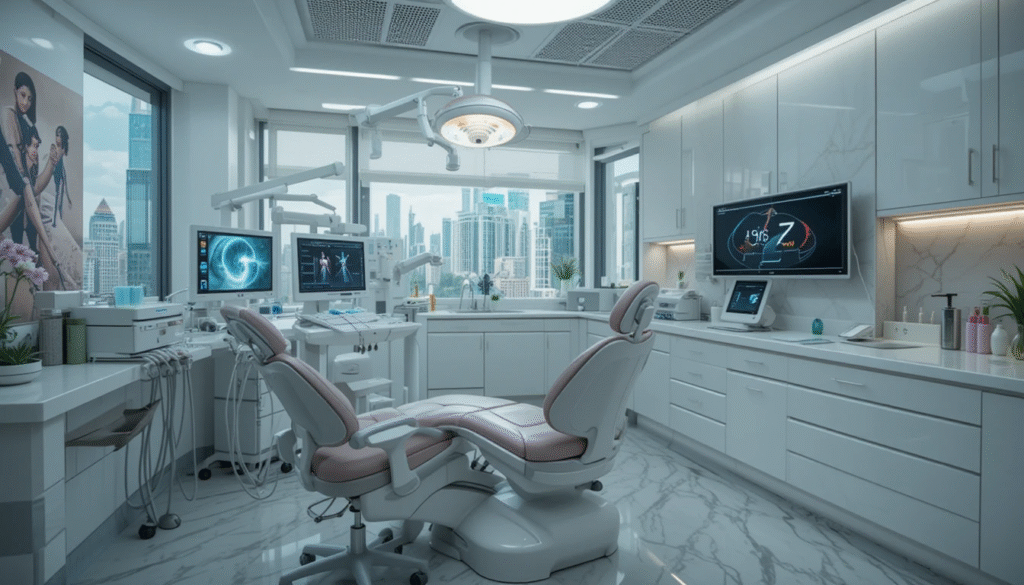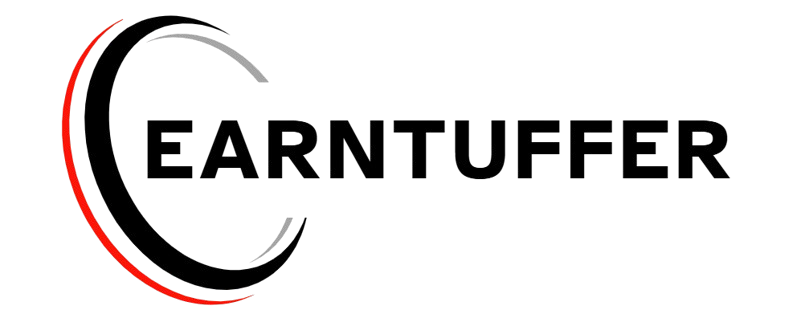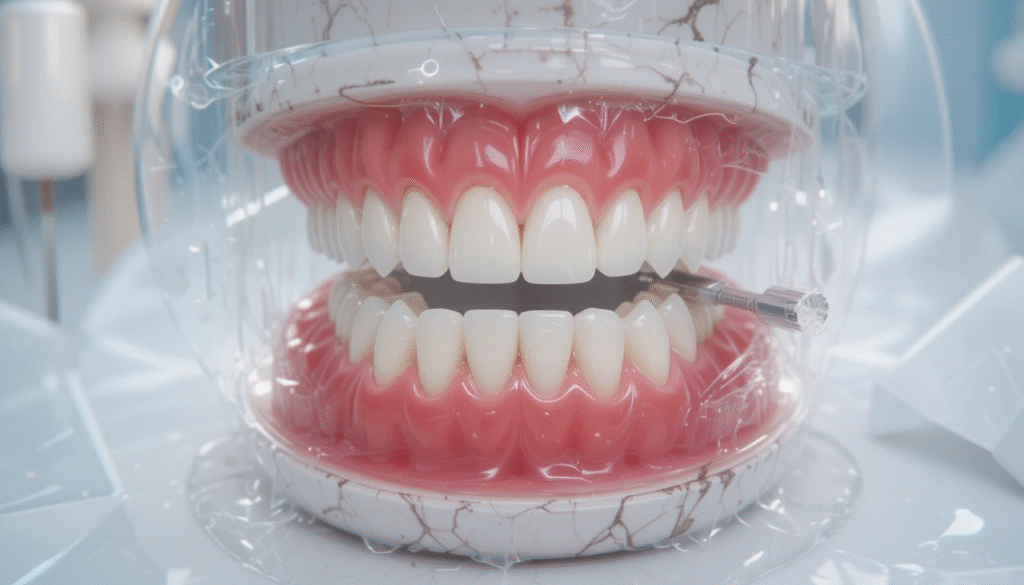In today’s digital age, artificial intelligence (AI) is rapidly transforming various industries, and dentistry is no exception. One of the most interesting and talked about innovations in this regard is Nerovet AI Dentistry. This modern technology combines advanced AI with dental practice, with the aim of improving diagnosis, improving patient outcomes, and simplifying dental workflow.
Just as a suspicious phone number can raise suspicion, the use of AI in dentistry is also causing curiosity, questions, and debate—is it effective? What are its risks? And what will be its future? In this article, we will discuss in detail the origin, functioning, advantages, challenges, and future of Nerovet AI Dentistry.

The origin of Nerovet AI Dentistry
Nerovet AI Dentistry began with the growing use of artificial intelligence in healthcare. By combining machine learning and neural networks, it aims to give dentists tools that can analyze medical images, predict oral problems, and create personalized treatment plans.
It was initially a research topic, but was soon adopted in clinics to improve diagnosis and efficiency.
How does Nerovet AI Dentistry work?
The basis of Nerovet AI is algorithms trained on large amounts of dental data such as X-rays, 3D scans, and patients’ medical histories. The system can:
Identify cavities, fractures, and gum disease before the human eye can.
Provide AI-based treatment suggestions to dentists.
Automate repetitive administrative tasks such as recordkeeping.
This combination saves time and also increases the accuracy of diagnoses.
Key Uses in Dental Care
1. Diagnosis Accuracy
The biggest advantage of Nerovet AI is identifying problems quickly and accurately. Whether it is a microscopic crack or the early stages of oral cancer—AI makes dentists’ decision-making stronger.
2. Predictive Treatment Planning
It not only identifies problems, but also predicts how the condition may worsen further. This allows dentists to plan better and reduce future complications.
3. Improved Patient Experience
AI reduces unnecessary procedures, patients receive quick and accurate reports, makes treatment less painful and costs less in the long run.
Why is Nerovet AI Dentistry gaining popularity?
Traditional dentistry has been based on manual inspection and imaging, which has its limitations. Nerovet AI can analyze thousands of data points in seconds. The reasons behind its popularity are:
The growing demand for accuracy in healthcare.
Increasing use of digital dental tools.
Patients want fast and comfortable treatment.
Challenges and limitations
1. Data privacy
The biggest challenge is the protection of sensitive patient data. The Nerovet AI system requires health records, so compliance with privacy and healthcare regulations is a must.
2. Integration with traditional dentistry
Not every clinic is ready. Cost, training and resistance to change slow its adoption.
Community opinion
Positive feedback – Many dentists appreciate its accuracy, efficiency and patient satisfaction.
Neutral feedback – Some dentists find it helpful but say human expertise is necessary.
Critical opinion – Some experts fear that over-reliance on AI and technical errors may become a problem.
Nerovet AI Dentistry in the future
The future looks very promising. In the coming time, this technology will:
- Be able to make fully automated dental diagnosis.
- Provide real-time treatment simulation.
- Reduce healthcare inequality by providing affordable AI-based consultations worldwide
Conclusion: Should you trust Nerovet AI Dentistry?
Nerovet AI Dentistry is not just a trend but a revolution in oral healthcare. Yes, it has challenges like data security and implementation, but the benefits like accuracy, predictive planning and better patient experience make it extremely important.
As with every new technology, caution is required in adopting it. But it is clear that Nerovet AI is making a big contribution to making the future of dentistry smart, safe and effective.



1 Comment
Pingback: Digimon Palmon AI Uvula – Exploring the Unusual Keyword - My Blog